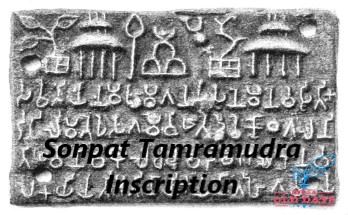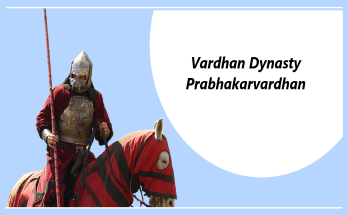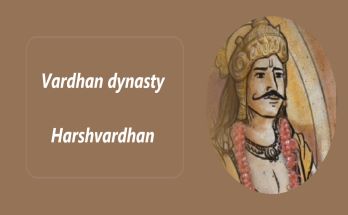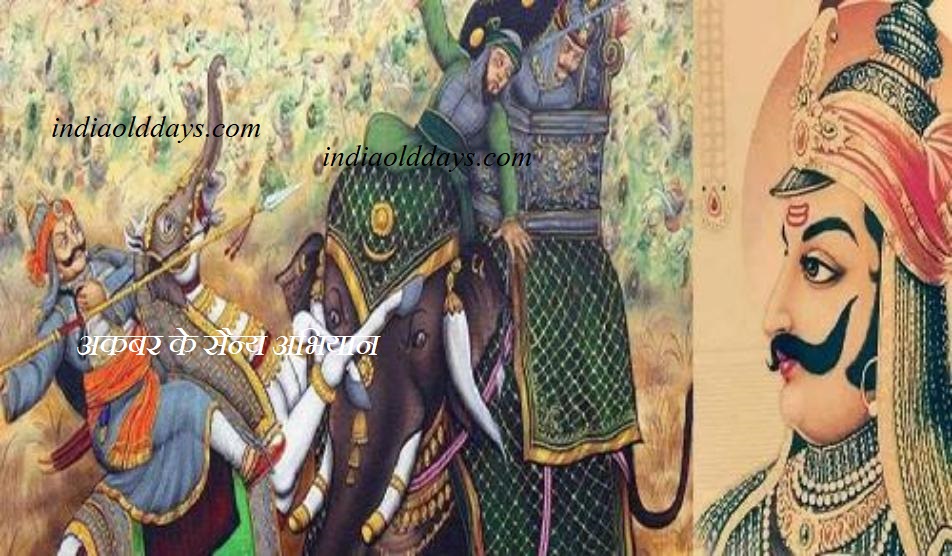Pala dynasty rulers
After Shashank’s death, the history of Bengal between 650 and 750 AD was replete with chaos and disorder. The result of which was political disintegration. There was a natural reaction against this chaos and chaos. Probably the main people of Bengal chose Gopal as the ruler of the entire state. The Pala Empire was the major dynasty of northern India.
Chief ruler of Pala dynasty
Gopal
In such an anarchic situation, the chief people of Bengal selected Gopal as the ruler of the entire state. Gopal established a dynasty, which for four centuries in Bengal. Ruled until. He was born in Pundravardhan (Bogra District). It is difficult to determine Gopal’s actual governance limit, But perhaps he had established his control over the whole of Bengal. Gopal was an ardent follower of Buddhism, and probably the Buddhist vihara of Odantapuri (modern Bihar Sharif) was built by him.
Dhrampala
Gopal’s successor was his son Dharmapala, Which gave greatness to the Pala state. Soon after the ascension, Dharmapala had to engage in struggle with the two main powers of that period – Pratihara and Rashtrakuta. Pratihara ruler Vatsaraja defeated Dharmapala in a battle, which was brought somewhere in the Doab region of the Ganges. But before Vatsaraja enjoyed his victory, Rashtrakuta king Dhruv defeated him. He then defeated Dharmapala and after some time departed towards Deccan.
Despite all these defeats, Dharmapala benefited more than he expected. After the defeat of Pratihara power and the withdrawal of the Rashtrakutas, Dharmapala could now think of establishing a great Pala empire. Dharmapala placed Chakrayudha on the throne of Kannauj.
The Pala empire under Dharmapala was quite extensive. Bihar and Bengal were directly under his rule. Apart from this, the kingdom of Kannauj was dependent on Dharmapala, and the ruler there was nominated by Dharmapala. Beyond Kannauj, many small states of Punjab, Rajputana, Malwa and Berar also accepted Dharmapala’s subjection.
Dharmapala’s victory campaign was challenged by his rival Nagabhatta II and drove out his dependent Chakra War from Kannauj. The line of superiority between these two rulers is now inevitable. The Pratihara ruler went up to Munger and defeated Dharmapala in a fierce battle. But in time, the Rashtrakuta king Govind III intermittently saved Dharmapala, which probably Dharampal asked for help. After nearly 32 years of rule, Dharmapala died and his son Devpal became the lord of his vast kingdom.
He was a Buddhist, and built Vikramashila’s famous Mahavihara near Bhagalpur. He is also credited for building the vihara of Sompur (Paharpur). According to Taranath, Dharmapala established 50 religious institutions and was also a patron of the great Buddhist writer Haribhadra.
Prominent Buddhist writer
Devpal
Dharmapala was succeeded by Devpal, who is considered the most powerful Pala ruler. According to the information obtained from the inscriptions, he is credited with conquering the regions from the Himalayas to the Vindhyas and from the eastern to the western seas. It is said that he defeated the Gurjars and Huns and took over Utkal and Kamrup. The identity of the Hun and Kambose rulers whom Devapal defeated was never established. Gujjar Badlnandvi Mihirbhoj can be considered as one who wanted to expand his kingdom to the east, but was defeated by Devpal.
Like his father, Devpal was also a Buddhist, and in this way his fame spread in many Buddhist countries outside India. Devpal accepted the request. The Buddhist poet Vajradatta lived in the court of Devpal, Who composed Lokeshwar century. Suleiman, an Arab businessman who came to India and who wrote the details of his journey in 85 AD, gives the name of the state of Pali as Rumi. According to him, the Pal ruler had a war with the Gurjars and Rashtrakutas and he had more army than his rivals.
Paravarti Pala Ruler
With the death of Devpal, the pride of the Pala kingdom ended and it could not be regained. During the period of his successors, the state disintegrated gradually. The successor of Devpal was Vigrahapal. After a short reign of three or four years, the Vigrahapala abdicated.
The reign of Narayana Pal, son and successor of Vigrahapa, was extended. The Rashtrakuta king Amoghavarsha defeated the Pala ruler. The Pratiharas gradually began to expand their power towards the east. Narayanpal not only had to lose his hands from Magadha, but North Bengal also lost the main part of Pala state. However, in the late stages of his rule, North Bengal and Southern Bihar were snatched away by his Pratiharas, as the Pratiharas were weakened by the invasion of the Rashtrakutas.
Narayanpal was succeeded by his son as Governor and his son was succeeded by Gopal II. The rule of these two rulers proved disastrous for Pal Shakti. The Pala Empire collapsed due to the Chandel and Kalchuri invasions.
A major reason for his success was Mahmud’s constant attacks,The falling credit of the sails was handled to some extent by Mahipal I. The most important event of the reign of Mahipal is the invasion of Bengal by Rajendra Chola. The description of Rajendra Chola’s northern expedition is found in his Tirumalai inscription. Although his sovereignty in Bengal could not be established by the Chola invasion. Apart from northern and eastern Bengal, Mahipal was also successful in merging the northern part of Burdwan division back into the Pala state. Mahipal’s success was more influential in northern and southern Bihar. He succeeded in regaining his authority over a large part of Bengal. Due to which perhaps the power and sources of the Rajputs of northern India were weakened. The last ruler of the Pala dynasty was Madanpal.
Reference : https://www.indiaolddays.com





